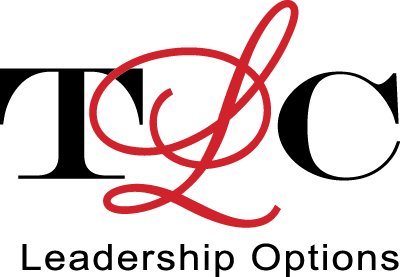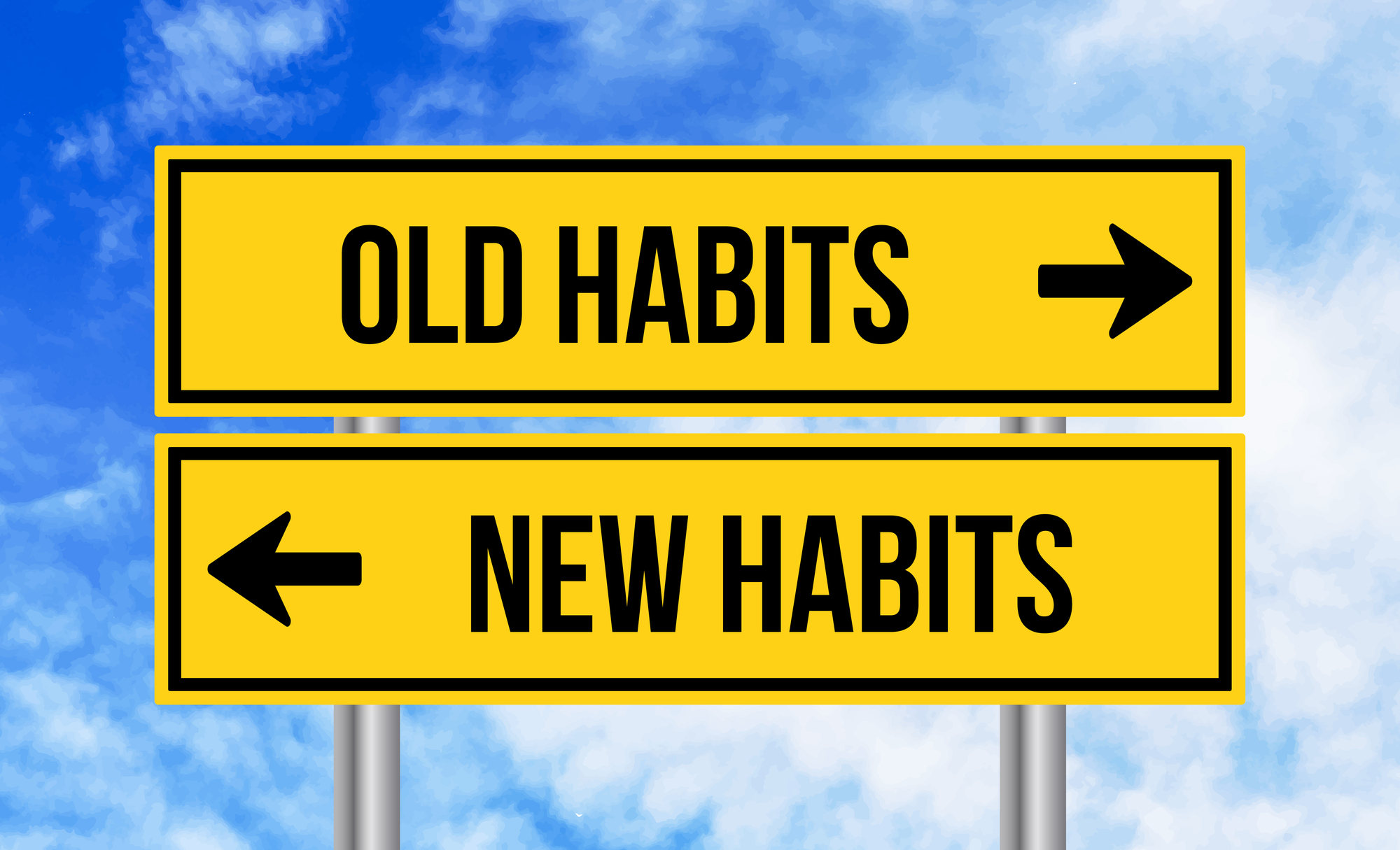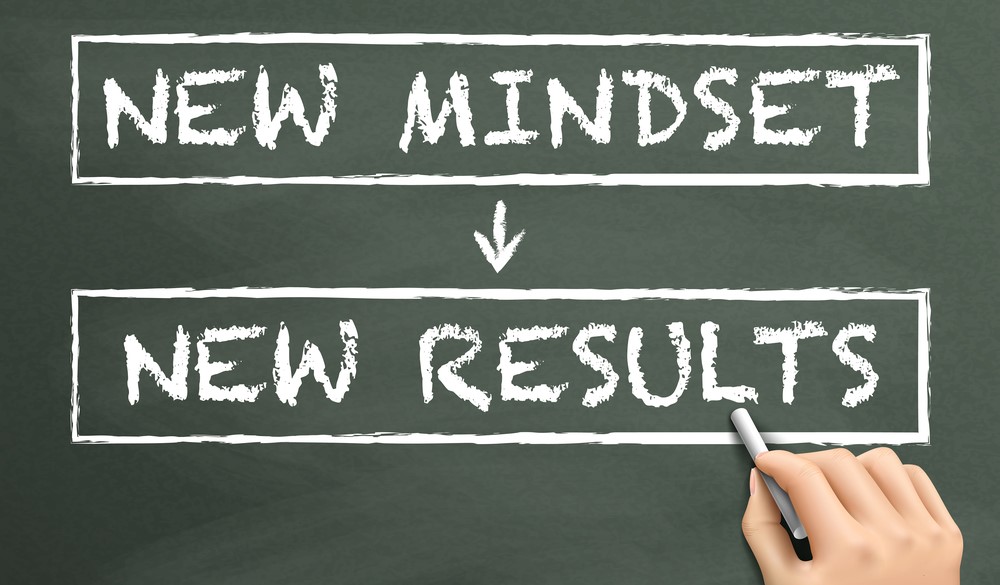People in leadership positions are subject to the same stressors that everyone is enduring during these uncertain times. Whether it’s dealing with physical distancing or working on the front lines with the threat of serious illness, the pressure to keep others, as well as ourselves, feeling secure and motivated is immense. In addition, some leaders have told me that the workload seems to have increased with the necessity of doing one’s ongoing work as well as the responsibility of being accessible to employees and clients nearly all the time.
Manage Your Stress
Stress is an insidious attacker of our patience and positivity. You may not realize the effects on your behavior and mood. The stress of keeping up with an ever-increasing workload can lead to feeling that things are out of control. That feeling, in turn, can lead to micro-management, impatience, or other less- than-optimal management behaviors. Are you caught in the trap? Currently, it is important to step back, identify your key stressors, and learn some techniques for getting stress under control.
Intuitively, you might know what you should be doing. But it might help to attack the problem by analyzing your behaviors, the causes, and how you might make some personal changes. Here is an example:
| Cause of Stress | Resulting Behavior | Suggested Remedies |
| Overwork – 12-hour days | Exhaustion; lack of energy | Prioritize activities and set boundaries; block off time for breaks and meals on the calendar; delegate more; |
| Uncertainty about the future | Anxiety; sleeplessness; eating too little or too much | Manage unproductive thoughts; create positive energy with exercise; eat right; build in time for fun. |
| Fear | Sadness or even depression; lack of motivation and energy or inappropriate anger | Talk to someone, voice your concerns and then evaluate the worst-case scenario; recognize this will pass and that you must be strong for others. |
Identify your own framework and devise a plan of action. Like the instruction to “put your own oxygen mask on first,” a leader must be ready to banish uncertainty and fear and model the behavior you wish others to emulate.
Communicating Caring
If your leadership style is low key, this is a time to be more present and communicative than ever. This is a time for displaying empathy and concern for your people. As the speaker so aptly said during an MIT webinar the other day, it is time for “checking in vs. checking up.” Making personal calls to ask direct reports HOW they are doing vs. WHAT they are working on will go a long way to restoring trust and engagement. It is more about listening to understand concerns and needs and allowing people to contribute ideas in this more democratic world. As the saying goes, “People might not remember what you said but they will remember how you made them feel.”
Use High Tech for High Touch
Once having a virtual team meant members were global or at least multi-regional. Now everyone is working in a virtual team. Phone conferencing still works but using one of the multiple video services out there increases the feeling of being with each other and minimizes some of the communications problems resulting from not seeing one another. I find reading people’s body language and facial expressions much easier and the ability to see when someone is about to speak or has started speaking minimizes talking over one another. People are creating all kinds of shared experiences using services like Zoom. Technology can help us feel, and be, connected even if remotely.
Prepare for a New Future
We are certain that the post-pandemic world will be different, but we are not sure exactly how. According to MIT, our current move to “working digitally” has accelerated the transformation from “digitizing work” by approximately 5 years. To lead in the brave new future it may be advisable to start observing the changes your organization is currently undergoing, collecting data, and learning everything you can, as the present changes will be a roadmap for the future.





